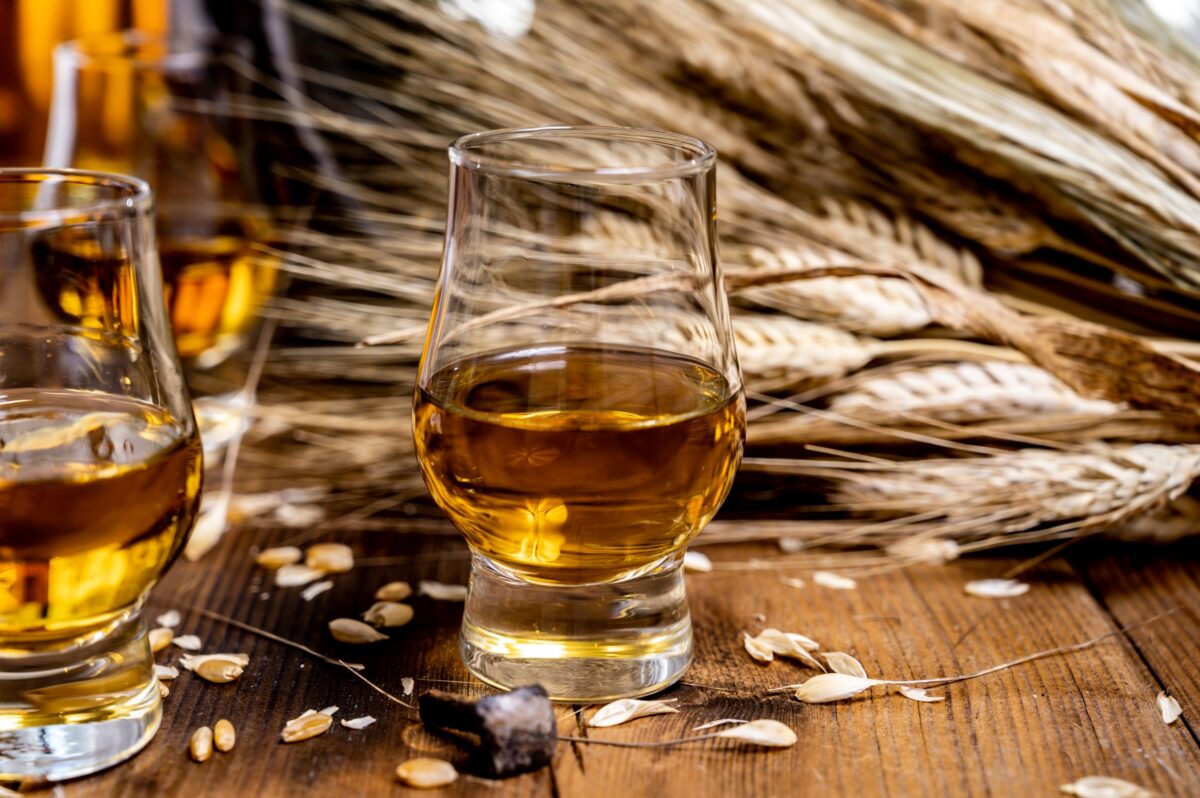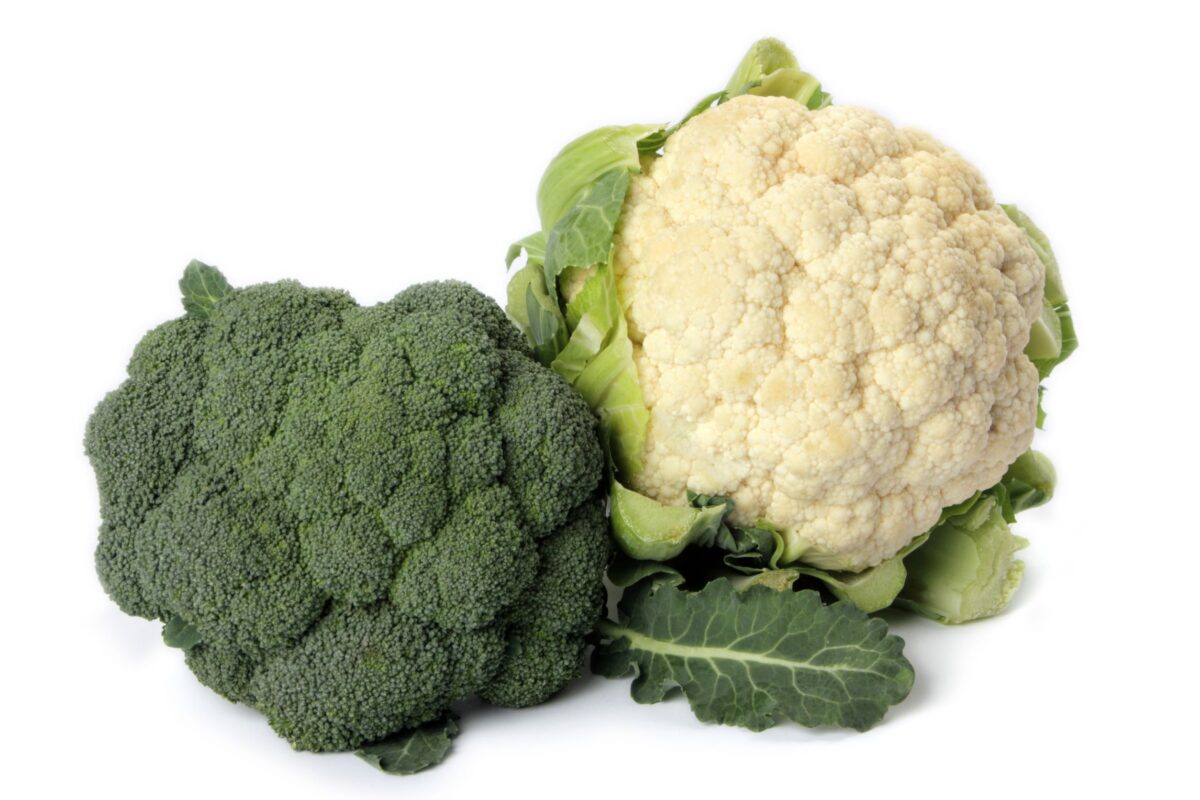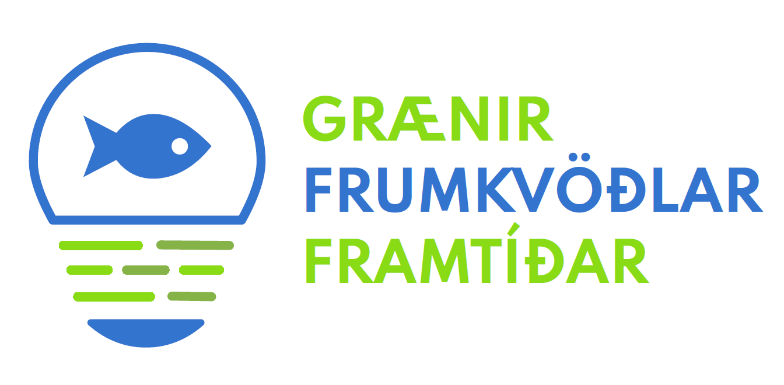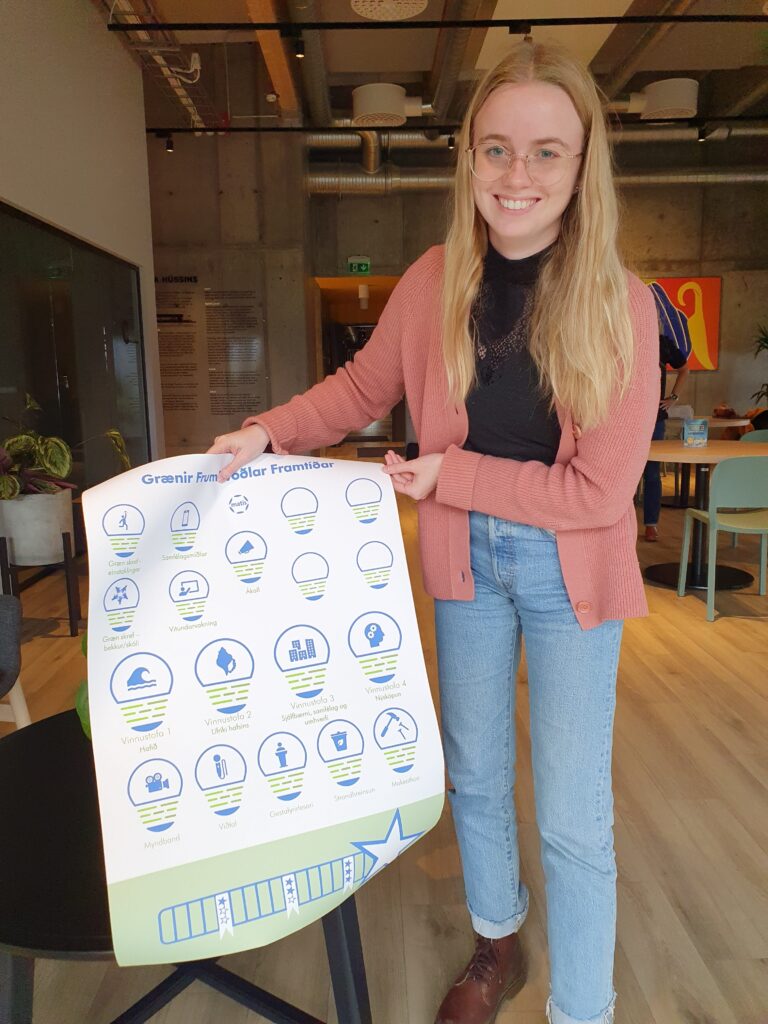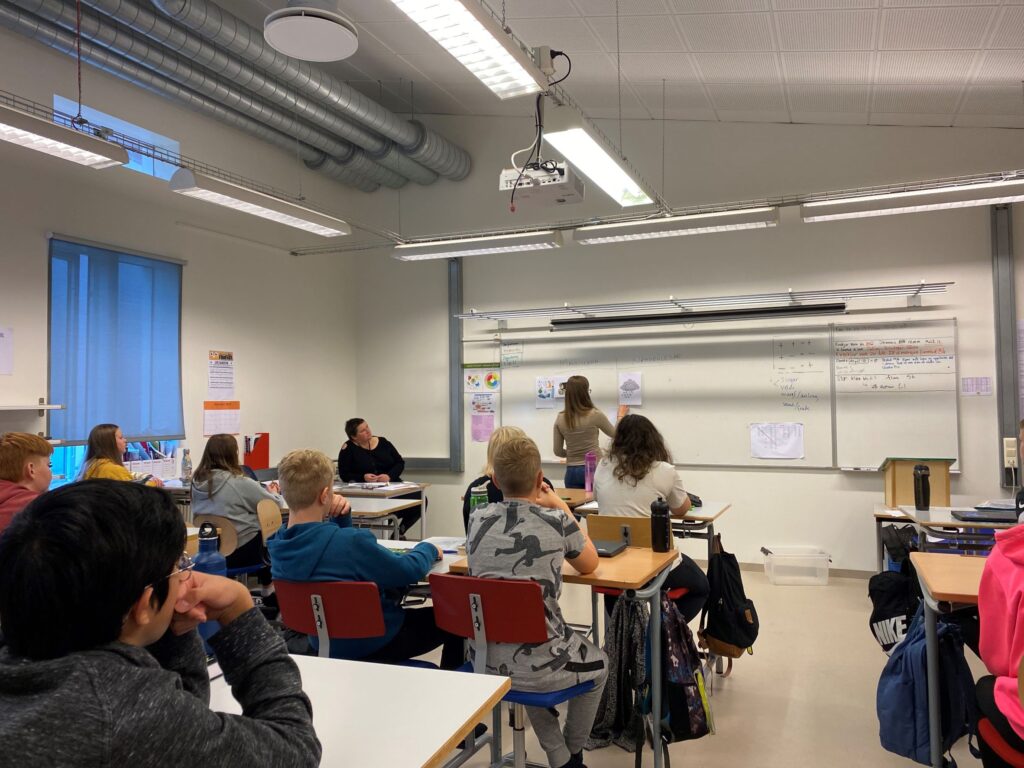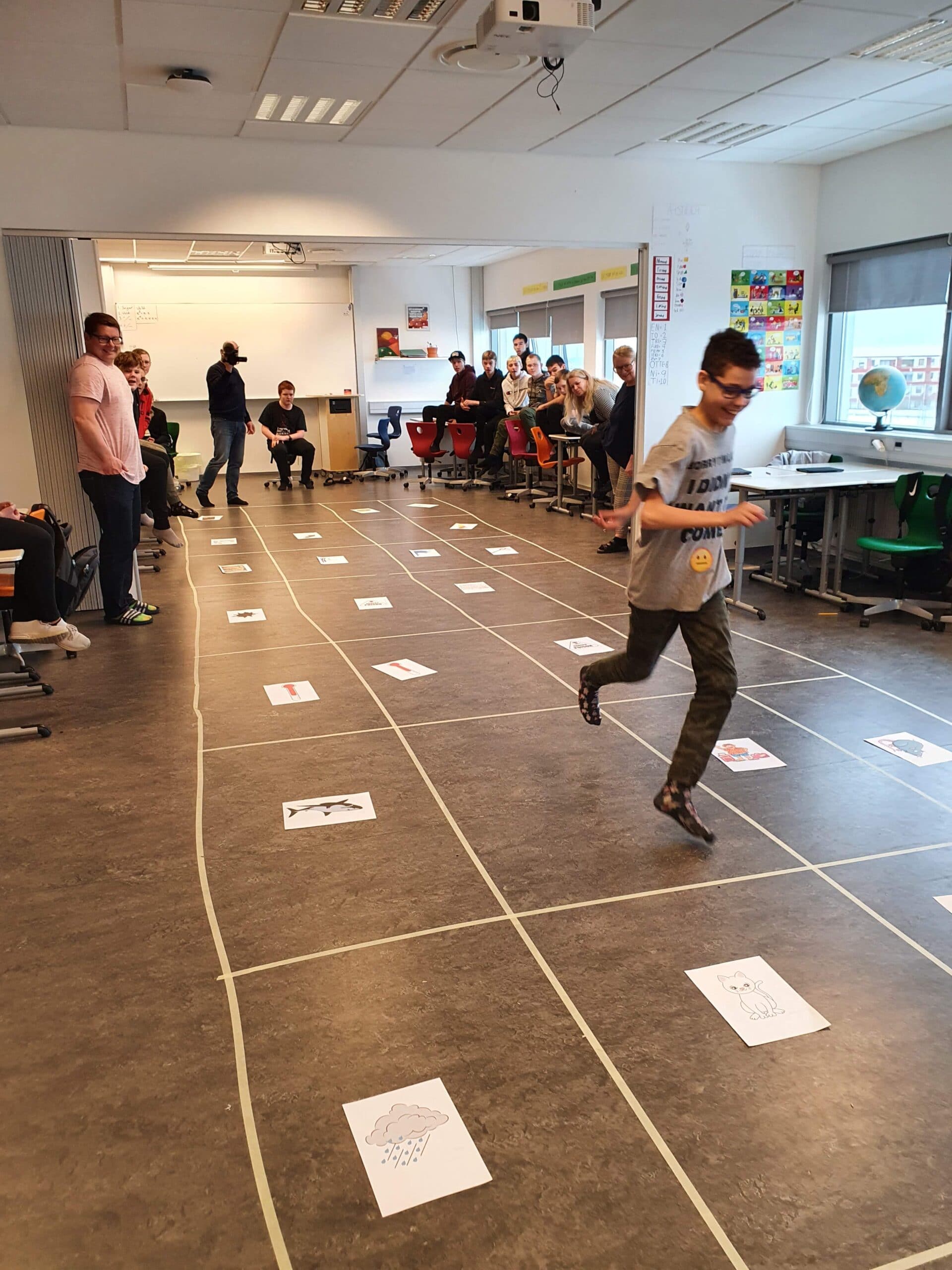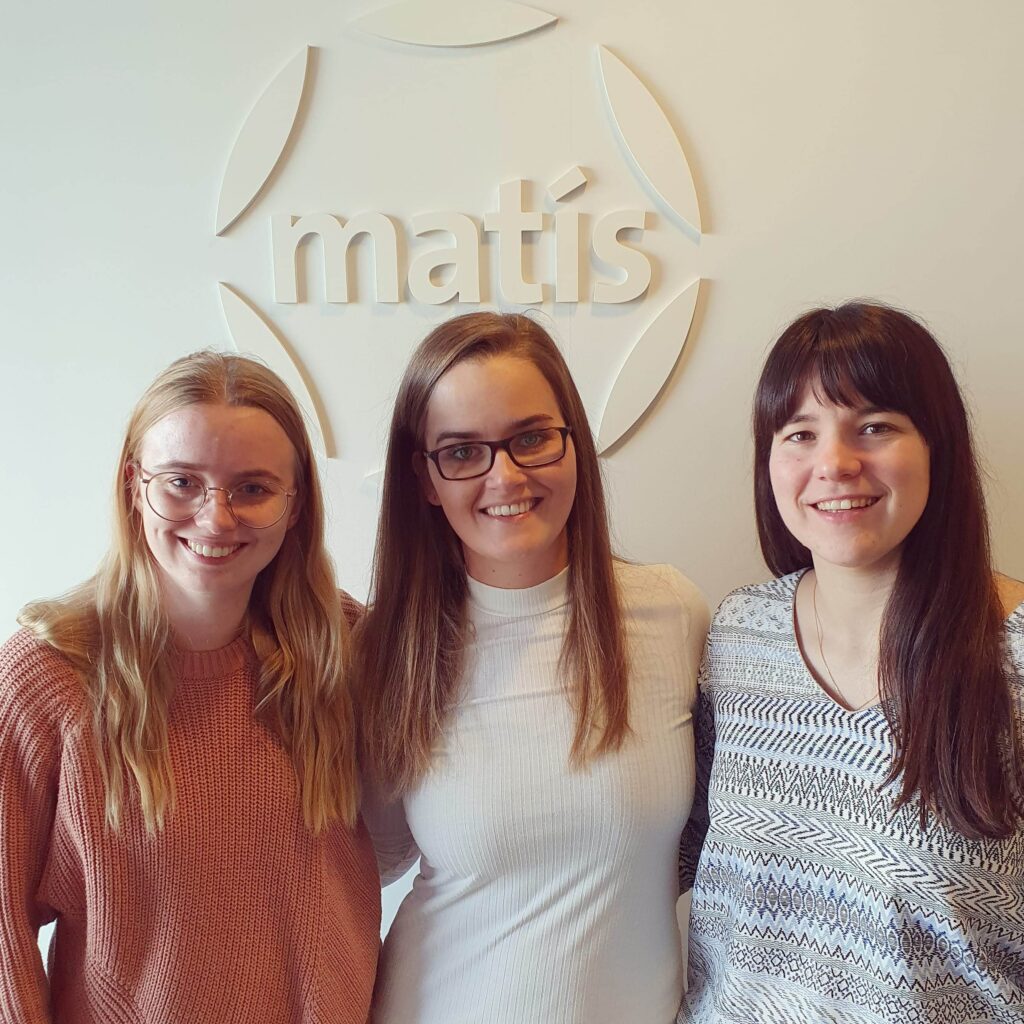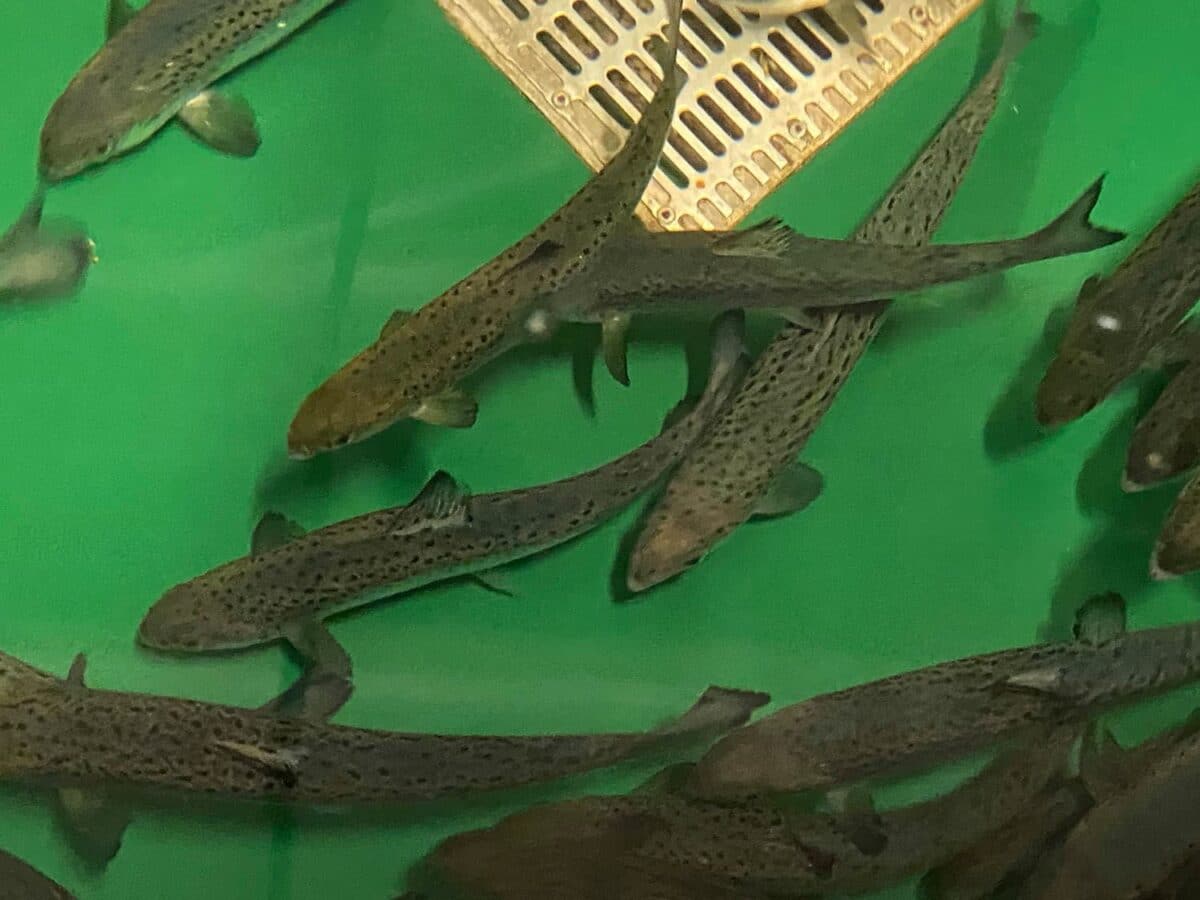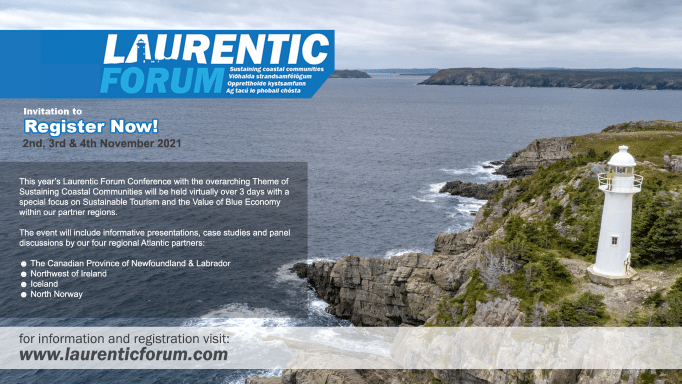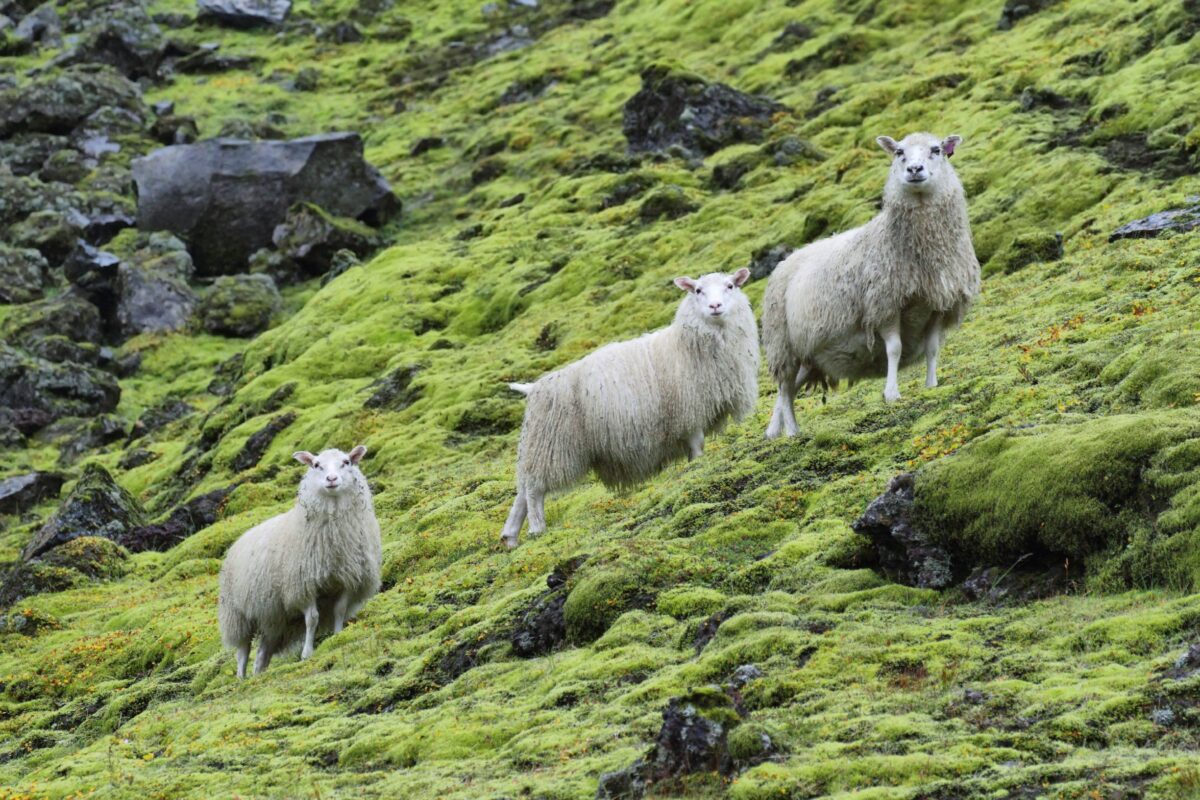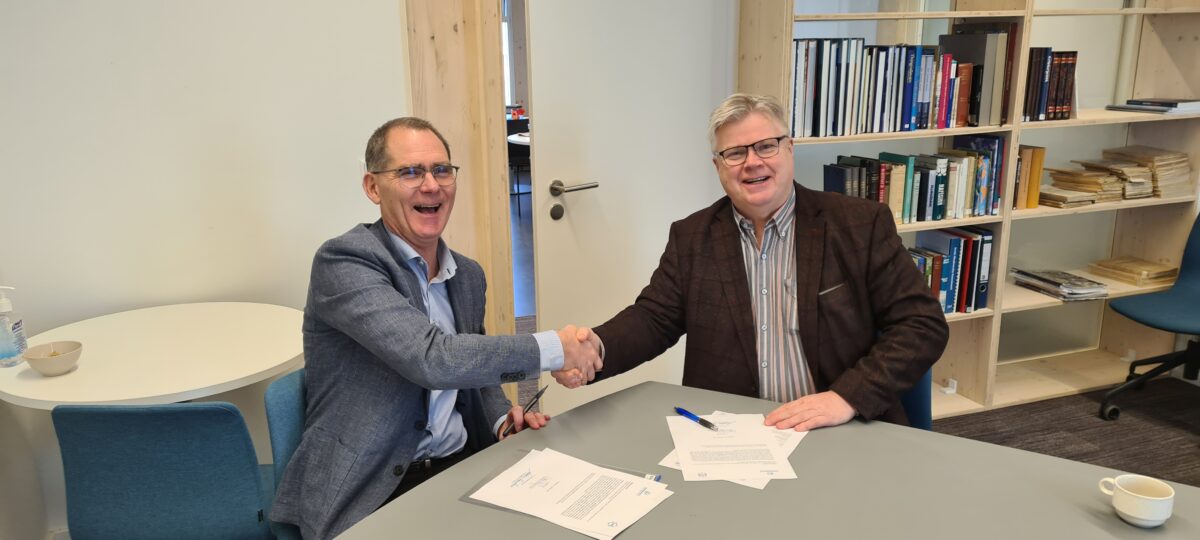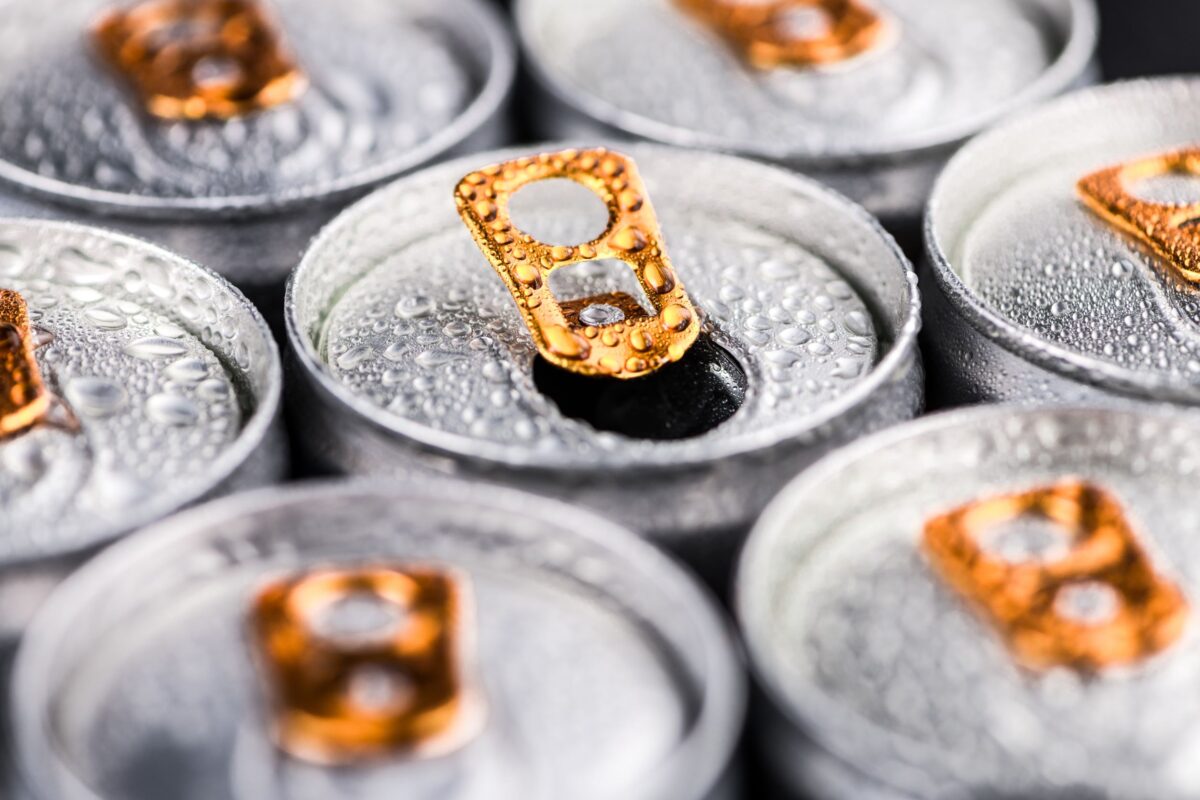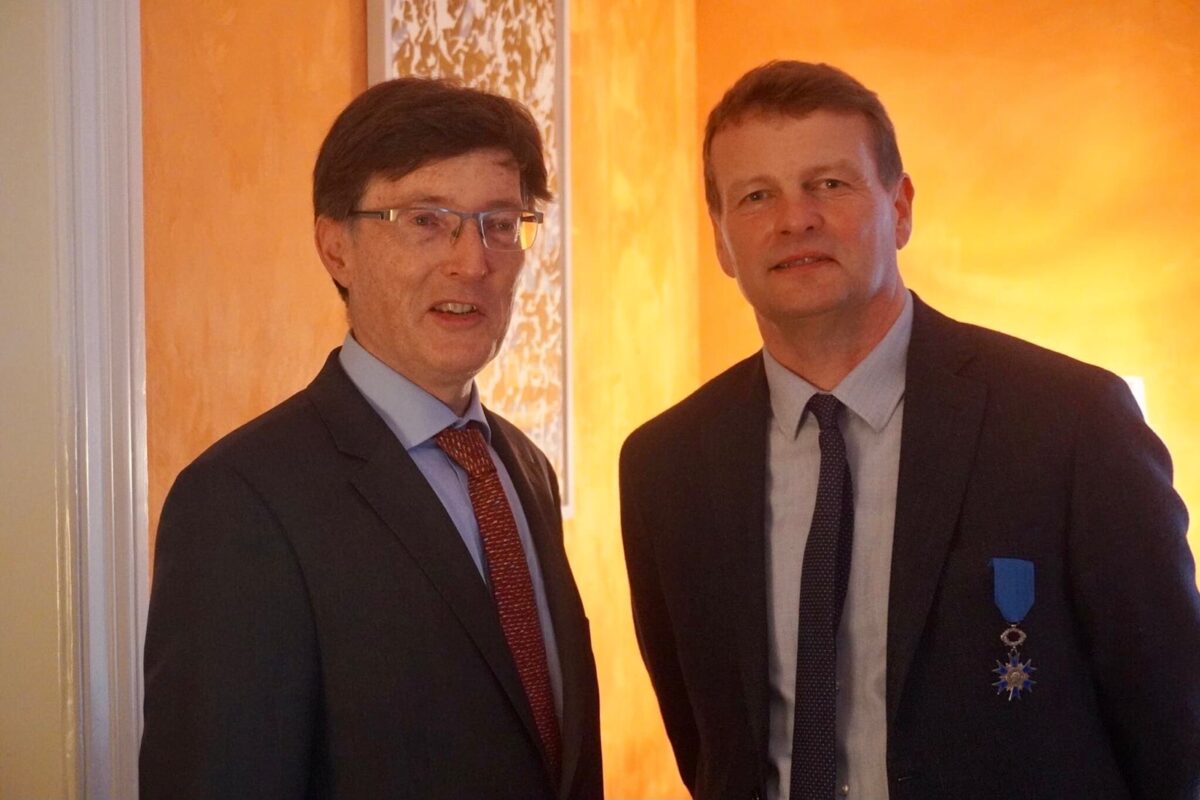The results of the project Icelandic barley for the production of alcoholic beverages is reflected in an MS project developed by Craig Clapcot, except in food science at the University of Iceland earlier this year.
The aim of the project was to compare two methods for producing fermentable liquids from Icelandic barley for domestic whiskey production. The first method was based on the production of malt liquor from Icelandic barley, the second was based on processing Icelandic barley only with added enzymes. Imported barley malt was also studied for comparison. Measurements were made of sugars at the beginning and end of fermentation as well as alcohol at the end of fermentation. Samples were specially prepared for sensory evaluation and to assess the possibility of producing alcoholic beverages.
In Iceland, there are opportunities to define Icelandic methods for the production of alcoholic beverages, and these methods do not necessarily have to follow traditional methods in Scotland and Ireland. Within the beverage industry in Iceland, an examination has begun of how the name "Icelandic whiskey" can be protected both in Iceland and in Europe (see article in Bændablaðið from November 2020: Eimverk applies for protection for "Icelandic whiskey).
Part of this process is to define what Icelandic whiskey is and how it is produced, just as the Scots had to do in the early 19th century for their own production. They did this by asking the question: What is whiskey?
It is necessary to define Icelandic whiskey so that domestic barley can be used for more than just feed and it will be possible to ascertain whether it will be possible to increase the value of barley. It is hoped that this work will make it easier for new parties to utilize Icelandic barley for the production of whiskey and other alcoholic beverages.
The results of the MS project are that both production methods are promising for the production of alcoholic beverages in Iceland. However, not as much sugar was obtained from malted Icelandic barley as imported malt or Icelandic barley that had been treated with added enzymes at high temperatures. It may be that the type of distillation equipment has a greater effect on the taste of the whiskey than whether the barley has been malted or processed with enzymes. It may not be possible to malt Icelandic barley every year as the development of the barley depends on the weather. The industry therefore needs other measures than malting in such years to ensure the production of alcoholic beverages. The project will hopefully provide knowledge and ideas for the rapidly evolving beverage industry in Iceland.
Further information about the project can be found on its project page here: Icelandic barley for the production of alcoholic beverages

